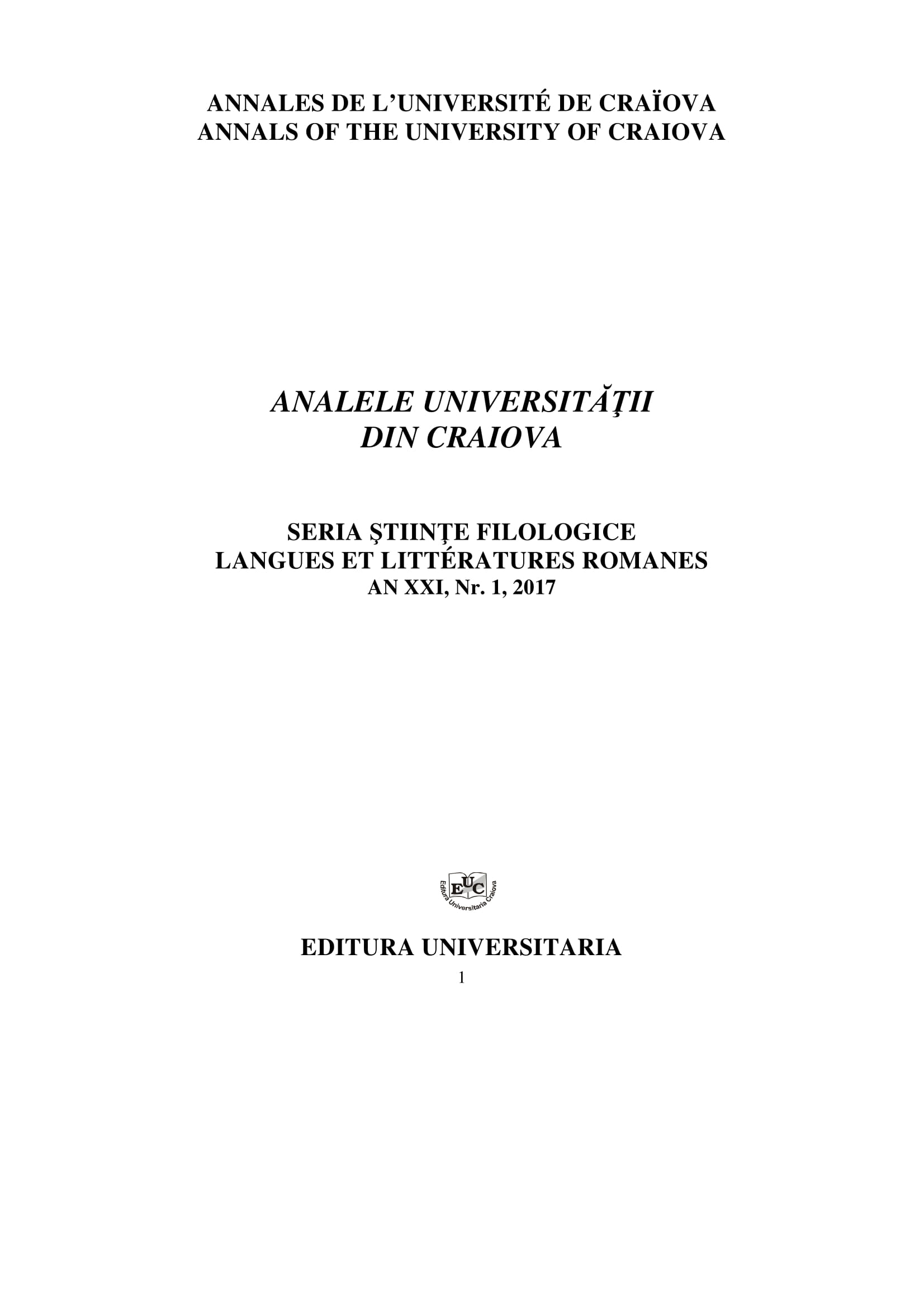SALAMMBÔ DE G. FLAUBERT – NOCES DE L’ÉCRITURE LITTÉRAIRE ET DE L’OBSERVATION DU PEINTRE
GUSTAVE FLAUBERT’S SALAMMBÔ – A DIALOGUE BETWEEN LITERARY WRITING AND PAINTER OBSERVATION
Author(s): Camelia ManolescuSubject(s): Language and Literature Studies
Published by: Editura Universitaria Craiova
Keywords: literary writing; miscegenation; painting; suggestion; colour; light/shadow
Summary/Abstract: In our study, we want to demonstrate, by analyzing examples from Gustave Flaubert’s novel Salammbô, that this realistic writer (or a romantic, a naturalist, a scholar of literature, founder of the literary impressionism, according to Eugene Lersch), has observed and cultivated the dialogue between literary writing and observation based on coloured sensation, using the word that becomes a painter’s brush because literaturean area that allows the miscegenation of cultures, languages, genres, border-crossings.We do not aim to observe how the themes of painting influenced literature of the nineteenth century, but to analyse the literary language in Flaubert’s works, a language that resembles the technique of composition in an impressionist painting; how the visual element influences narration; how this effect of miscegenation between the two arts, painting and literature, manifests itself; how these two arts can be mixed; what methods are used by Flaubert in his novel submitted to analysis and for what purpose. Than we aim to analyze his way of conceiving the matter of his novel, namely the colour which determines the action and the characters; and the light/shadow ratio that individualizes the colour and determines the narrative story.
Journal: Analele Universităţii din Craiova. Seria Ştiinţe Filologice. Limbi şi literaturi romanice.
- Issue Year: XXI/2017
- Issue No: 1
- Page Range: 179-194
- Page Count: 16
- Language: French

